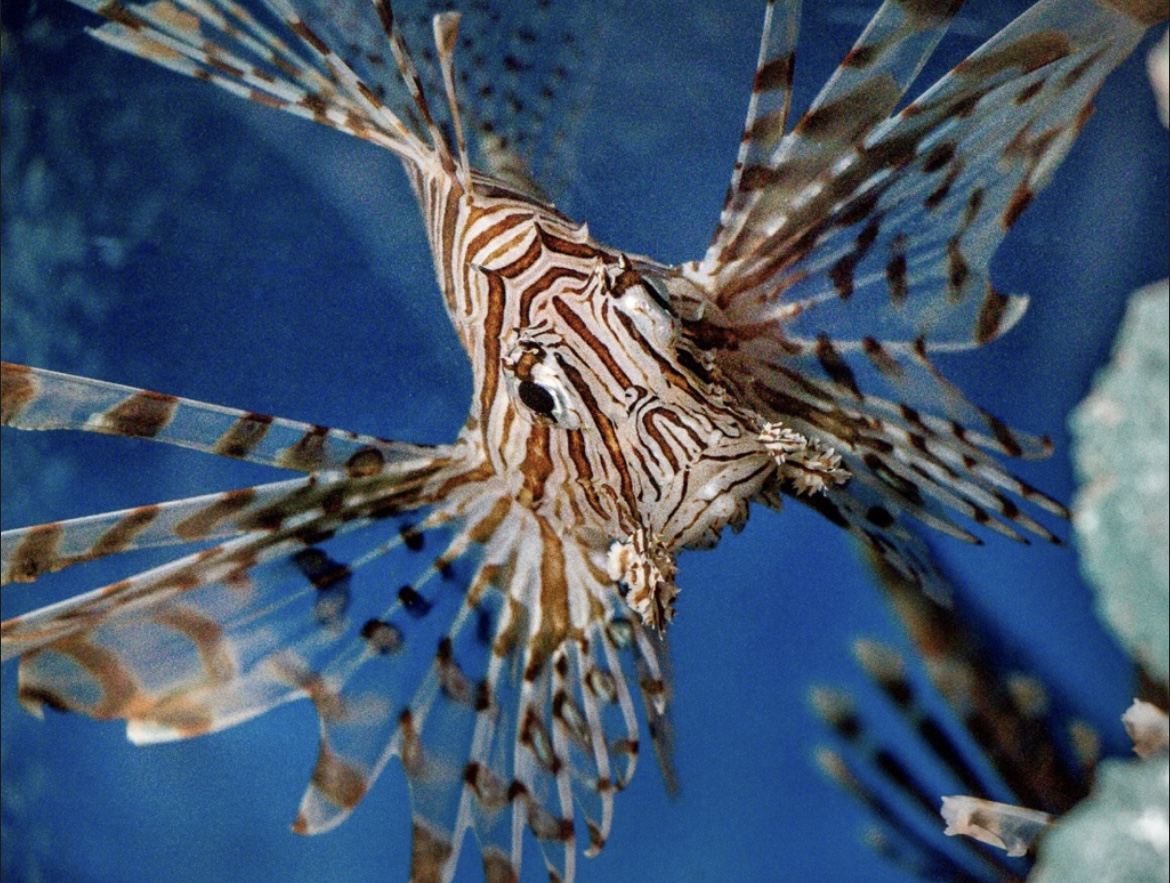The Invasion of the Lionfish: Understanding its Impact and Management
The Invasion of the Lionfish: Understanding its Impact and Management
The lionfish, native to the Indo-Pacific region, has become a prominent invasive species in various parts of the world, particularly in the Western Atlantic Ocean, Caribbean Sea and Gulf of Mexico. With their striking appearance characterized by vibrant stripes and venomous spines, lionfish have captured the fascination of marine enthusiasts. However, their presence outside their native habitat poses significant ecological threats and challenges for marine ecosystems.
In addition, the lionfish, belonging to the genus Pterois, are carnivorous fish known for their voracious appetite and rapid reproduction rates. They prey on a wide range of marine organisms, including small fish, crustaceans and mollusks, making them formidable predators in their new environments. Their adaptability to various habitats, coupled with their lack of natural predators outside their native range, has facilitated their successful establishment in regions far from their original home.

Ecological Impact:
The invasion of lionfish has led to profound ecological consequences in areas where they have become established. Their predatory behavior disrupts native food webs and can cause declines in local fish populations, including economically important species. For example, in the Caribbean, lionfish have been documented preying on juvenile reef fish, potentially jeopardizing the recruitment of future generations and undermining the resilience of coral reef ecosystems. Furthermore, lionfish are known to compete with native predators for resources, further destabilizing marine ecosystems. By outcompeting native predators such as groupers and snappers, lionfish can alter the balance of predator-prey dynamics, potentially leading to cascading effects throughout the ecosystem.

Human Implications:
The invasion of lionfish also has implications for human activities such as recreational and commercial fishing, as well as tourism. In areas where lionfish populations have proliferated, there have been efforts to control their numbers through targeted removals and culling programs. Additionally, some initiatives promote the consumption of lionfish as a sustainable seafood option, which not only helps to mitigate their impact on native species but also provides economic opportunities for local communities. However, the presence of venomous spines makes handling and harvesting lionfish challenging, requiring careful techniques to ensure safety for both humans and marine life. Despite these challenges, efforts to manage lionfish populations have been ongoing, with collaborations between scientists, conservationists and local stakeholders aimed at developing effective control strategies.
Management Strategies:
Various approaches have been employed to manage lionfish populations and mitigate their impact on marine ecosystems. These include:
- Culling Programs: Organized culling efforts involve the systematic removal of lionfish from targeted areas using spears or traps. These programs often rely on trained divers to safely capture and remove lionfish from the environment.
- Incentivized Removals: In some regions, incentives such as rewards or competitions are offered to encourage recreational divers and fishermen to participate in lionfish removal efforts. This approach harnesses the collective efforts of the community to control lionfish populations.
- Education and Outreach: Public awareness campaigns play a crucial role in informing communities about the ecological impacts of lionfish and promoting responsible behavior. Educational initiatives emphasize the importance of reporting lionfish sightings, practicing safe handling techniques, and supporting sustainable seafood consumption.
- Market-Based Solutions: Promoting the commercial harvest and consumption of lionfish can help reduce their numbers while providing economic benefits to local communities. Initiatives to increase demand for lionfish products, such as fillets and ceviche, aim to create a market-driven solution to the invasion problem.

Conclusion:
The invasion of lionfish represents a significant challenge for marine conservation efforts worldwide. Their rapid spread and predatory behavior threaten the ecological integrity of coral reef ecosystems and undermine the sustainability of marine resources. Effective management strategies, informed by scientific research and community engagement, are essential for controlling lionfish populations and mitigating their impact on native species. By working together to address this invasive species problem, we can safeguard the health and resilience of our oceans for future generations.

